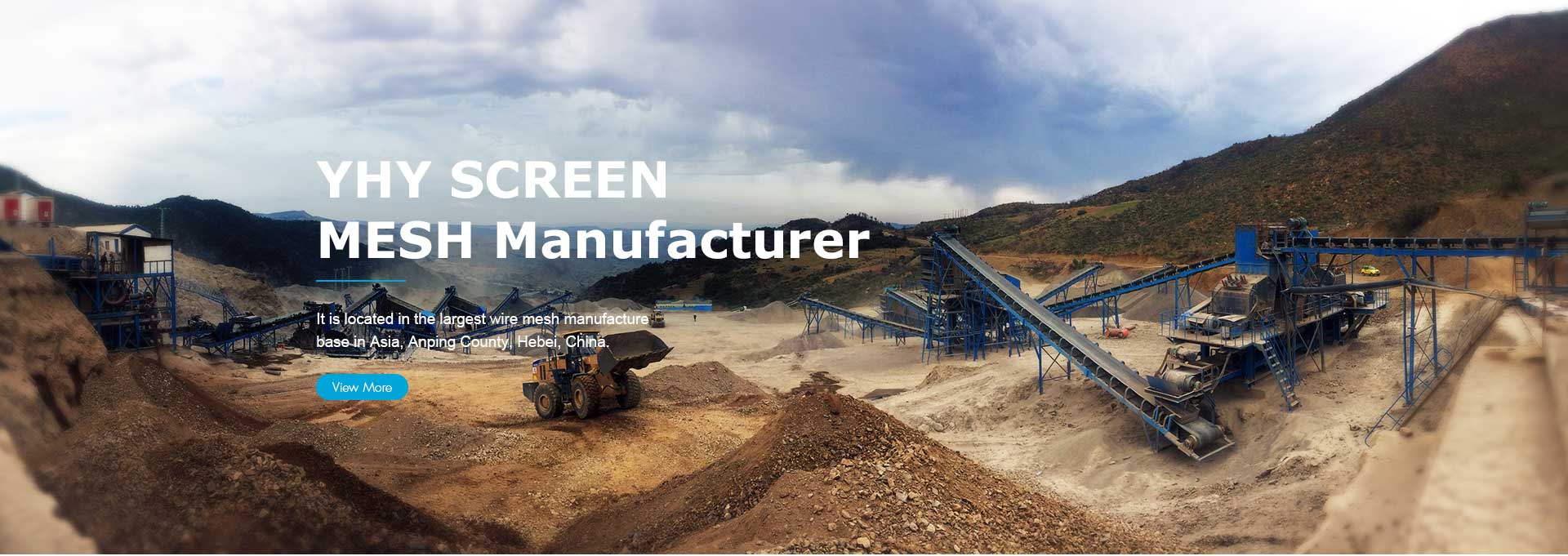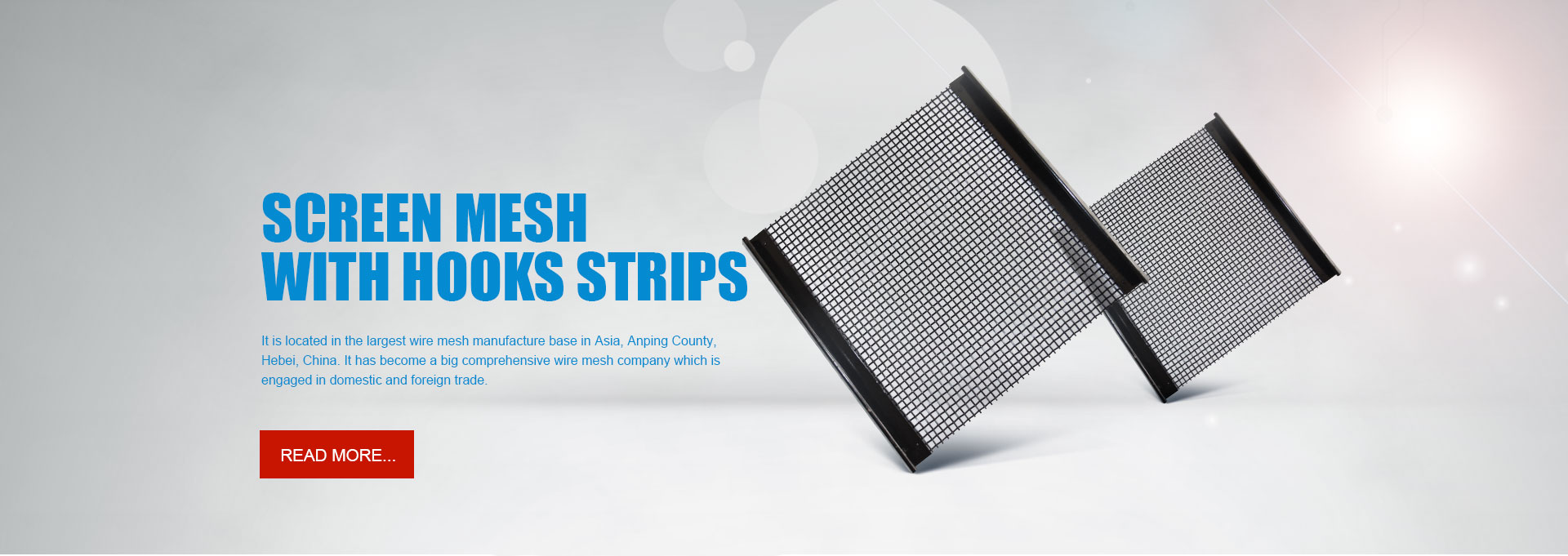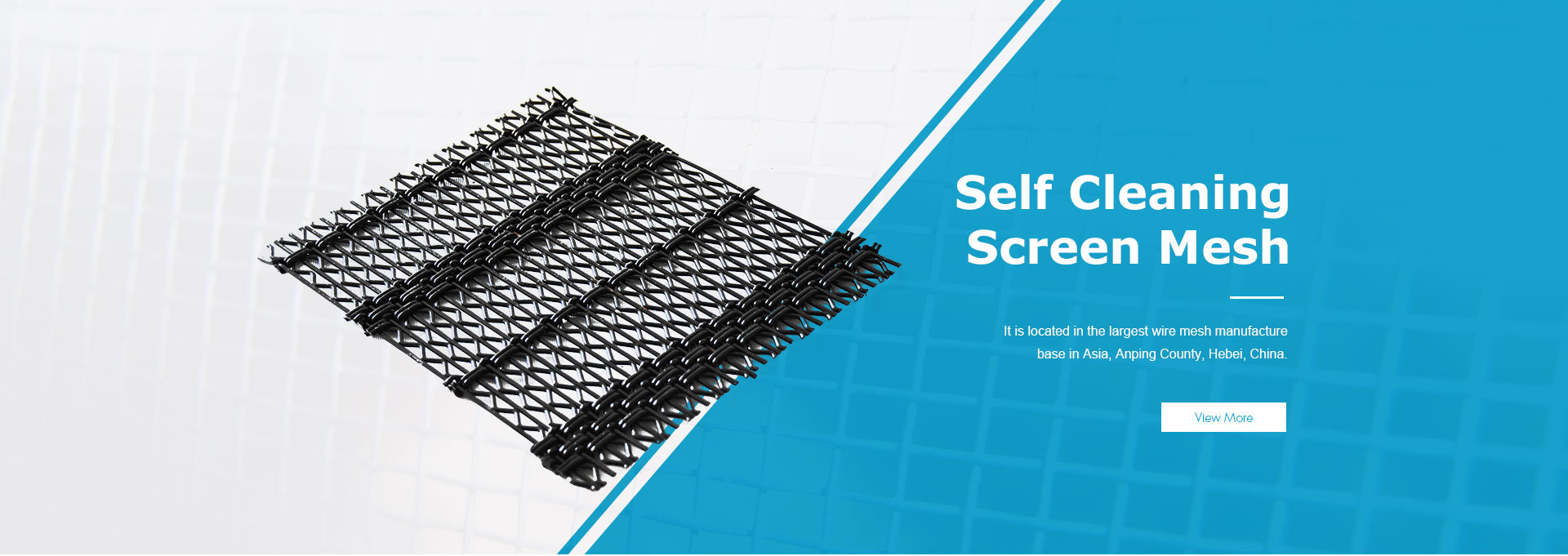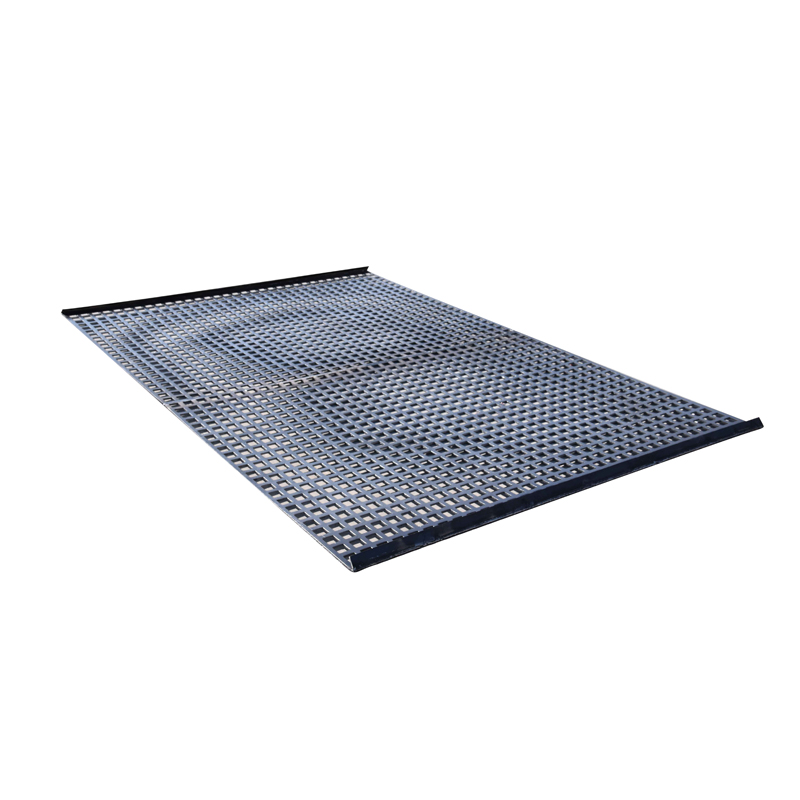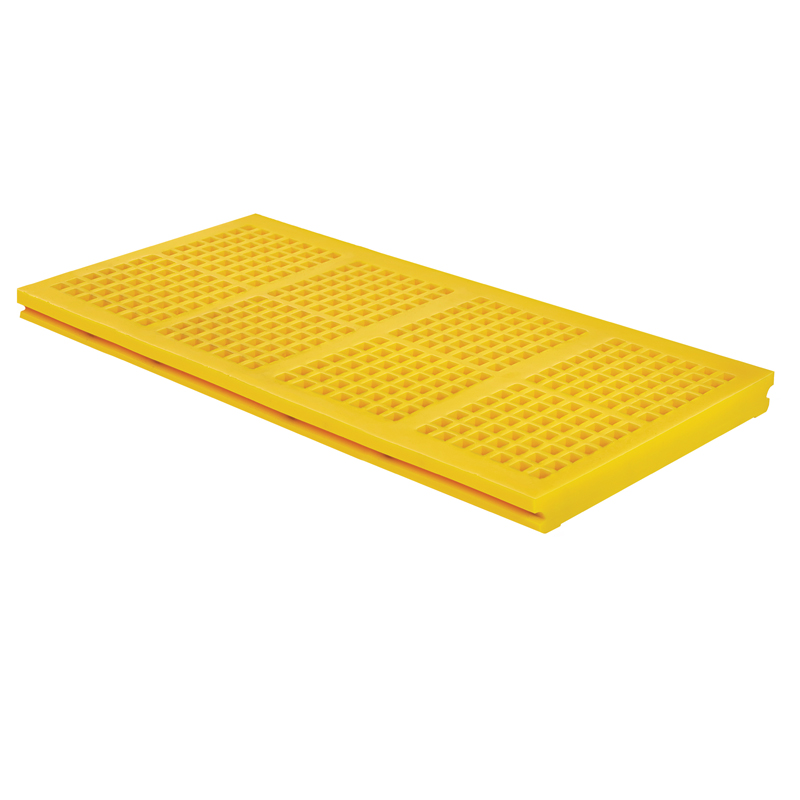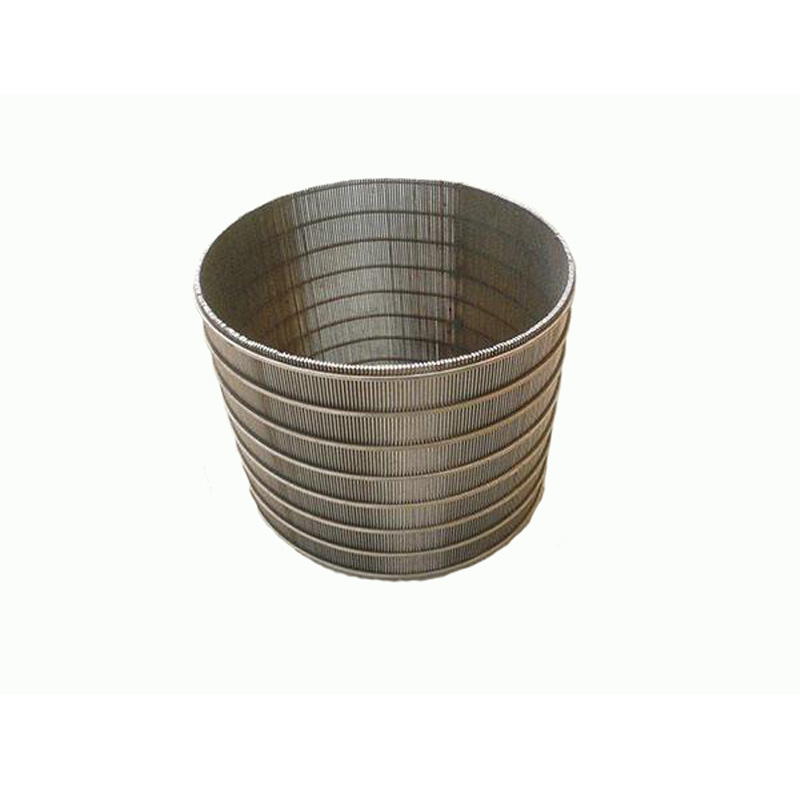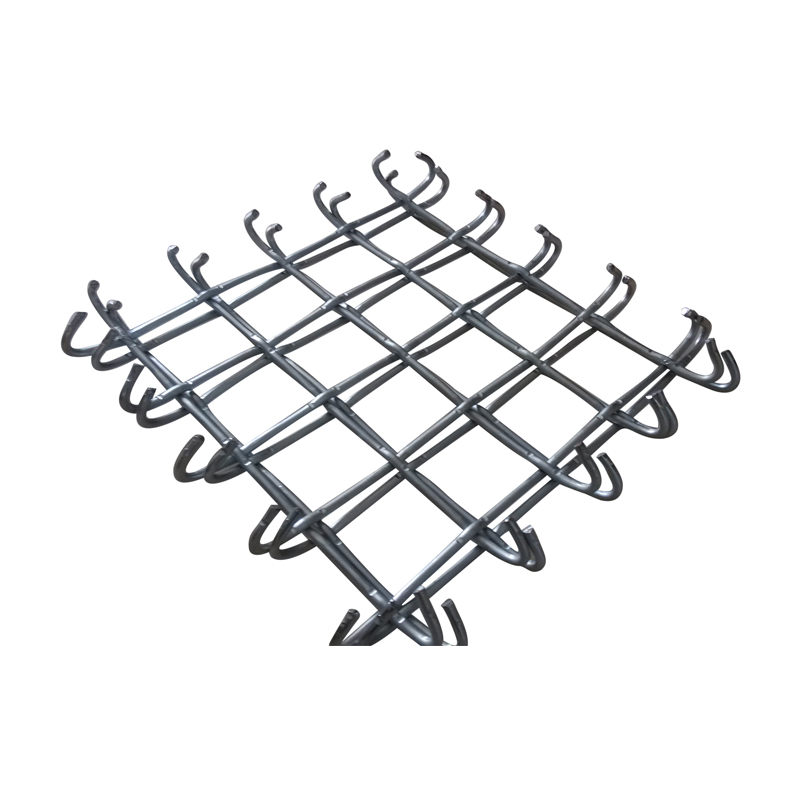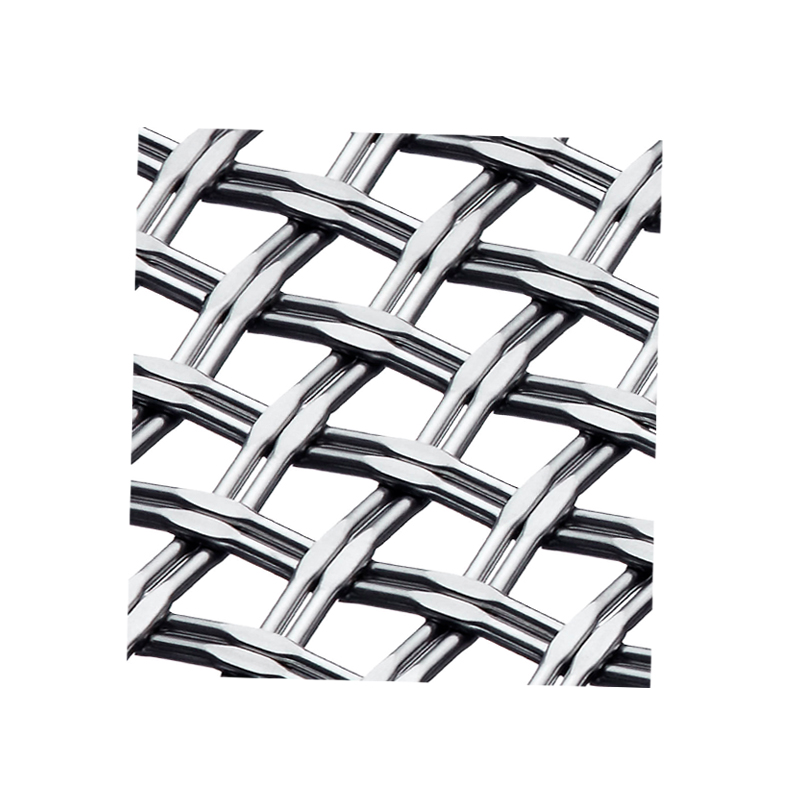What kind of screen material is best for window screens? Fiberglass screens are best, as they resist aging, are highly durable, and require easy cleaning. Fiberglass offers a certain degree of flame retardancy, strong aging resistance, and weather resistance, with minimal changes in physical properties. Currently, most window screens use this material. Plastic is not weather-resistant and easily ages, so its use is generally not recommended. Stainless steel deforms plastically, making it difficult to recover once deformed. It also has large cavities, making it less effective at preventing mosquitoes. Cutting the screen can also create burrs, which can easily cause damage.
Classification of Window Screen Materials
1. Nylon Window Screen: Also known as nylon mesh, this is a framed screen typically installed on or outside doors and windows. This type of screen is widely used in doors, windows, and hallways, primarily to prevent small insects, flies, and mosquitoes from entering the home. It comes in a variety of colors, with white, green, and blue being the most common. Nylon window screens are woven using a plain weave and are lightweight, aesthetically pleasing, acid- and alkali-resistant, corrosion-resistant, and breathable. They are commonly used in residential buildings. Because of its high quality, low price, lightweight material, and ease of cleaning, it is widely popular among consumers.
2. Metal Window Screens: Metal window screens are often woven into a mesh using fine metal wires, with stainless steel being the most common. This type of screen is also woven using a flat weave process, offering excellent air permeability and light transmission, making it a viable alternative to standard nylon window screens in my country. Due to its high quality and wide range of uses, it is often used to protect doors and windows in high-end office buildings, residences, various buildings, livestock farms, orchards, and other areas. It also offers numerous advantages, such as rodent and fly repellency, fire resistance, high temperature resistance, and flame retardancy, while also significantly increasing air circulation compared to standard nylon screens.
3. Fiberglass Window Screens: Fiberglass window screens are made of plastic-coated fiberglass yarn, commonly known as invisible screens. They are particularly popular this year. They are composed of fiberglass and PVC. Its characteristics are: ① long service life; ② wide range of applications; ③ non-toxic and odorless; ④ the mesh is made of glass fiber, which is fire retardant; ⑤ has anti-static function; ⑥ does not get dusty and has good air permeability; ⑦ good light transmittance and good invisible effect; ⑧ can withstand ultraviolet radiation and protect people indoors from ultraviolet radiation; ⑨ long service life and reasonable design; ⑩ green and environmentally friendly.











